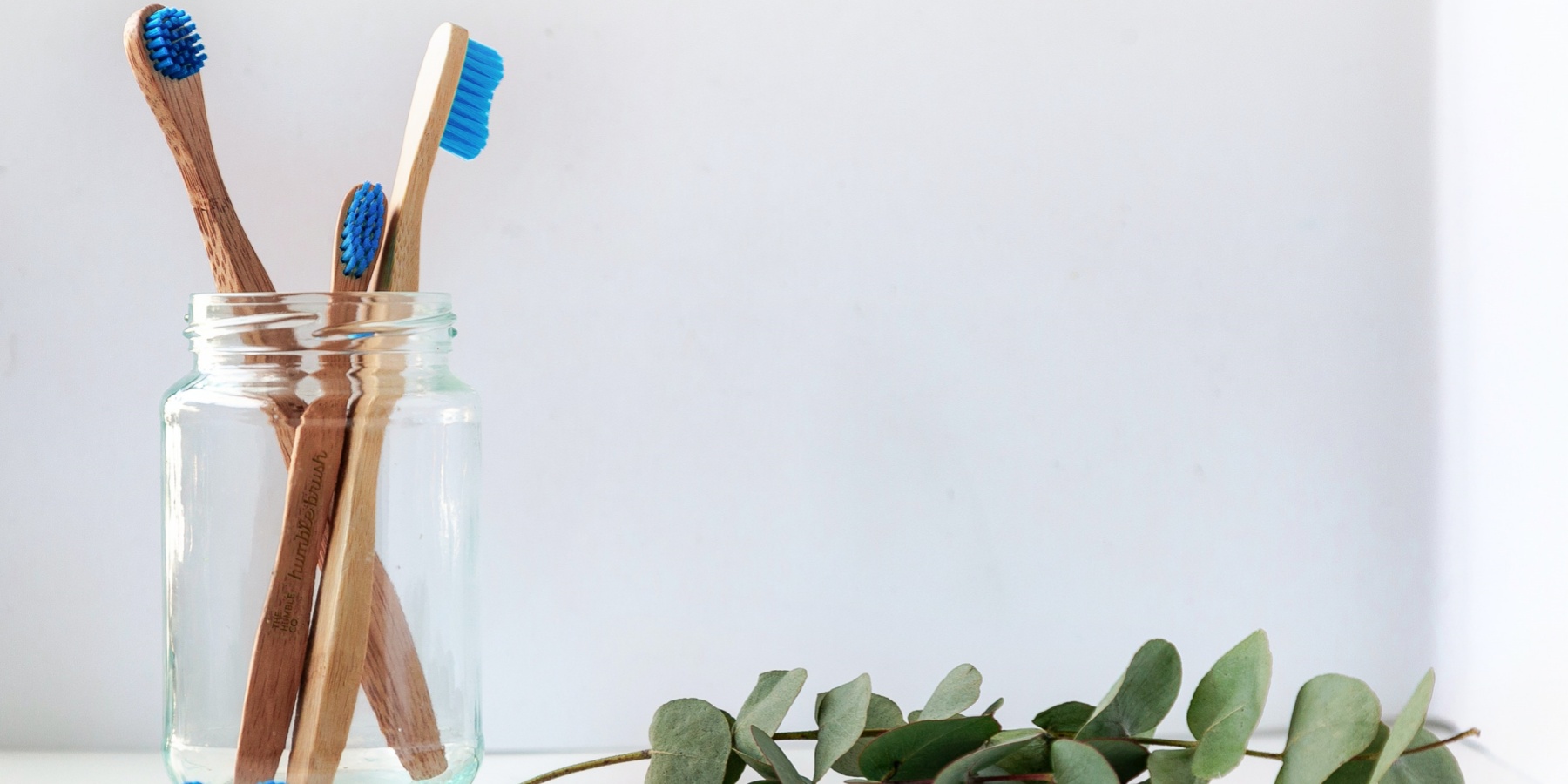When it comes to maintaining good oral health, the question of “How often change toothbrush head” is a crucial one.
The longevity of toothbrush heads is often a subject of concern, as it directly impacts the effectiveness of your oral care routine.
In this article, we will explore the relationship between the usage lifespan of toothbrush heads and their impact on oral health.
The Importance of Regular Toothbrush Head Replacement
Regularly changing your toothbrush head is essential for maintaining proper oral hygiene. The reasons for this go beyond the appearance of the bristles. Here are key factors that highlight the importance of timely toothbrush head replacement:
Bristle Integrity
The primary function of a toothbrush is to remove plaque and debris from your teeth and gums. Over time, the bristles on your toothbrush head begin to fray, bend, or wear down. When this happens, the toothbrush becomes less effective at cleaning your teeth. Bristles that are no longer firm cannot reach and remove plaque as efficiently as new bristles can.
Toothbrush heads can also accumulate bacteria, food particles, and other debris from your mouth over time. Even with regular rinsing, it’s difficult to completely eliminate these contaminants. When you replace the toothbrush head, you minimize the risk of reintroducing harmful bacteria into your mouth.
Gum Health
Using a toothbrush head with worn-out bristles may lead to gum irritation and even damage. Harsh or frayed bristles can cause gum bleeding and discomfort, potentially exacerbating gum issues like gingivitis.
Tooth Sensitivity
If you continue using a toothbrush head with damaged bristles, you may experience increased tooth sensitivity. Worn bristles can expose the sensitive parts of your teeth, leading to discomfort when consuming hot or cold foods and beverages.
Plaque Removal
Efficient plaque removal is the cornerstone of good oral health. A toothbrush head with worn bristles cannot effectively remove plaque, which can lead to tooth decay, cavities, and gum disease.
How Often Should You Change Your Toothbrush Head?
The American Dental Association (ADA) recommends replacing your toothbrush head every 3 to 4 months, whether you use a manual or an electric toothbrush. This timeframe is based on the average wear and tear that toothbrush bristles undergo with regular use. However, several factors can influence how often you should change your toothbrush head:
- Brushing Frequency: If you brush your teeth more than twice a day, your toothbrush head may wear out more quickly. Consider changing it more frequently to ensure optimal cleaning.
- Toothbrush Type: Electric toothbrush heads may have different lifespans depending on the brand and model. Always follow the manufacturer’s guidelines for replacement.
- Oral Health Conditions: Individuals with specific oral health conditions, such as gum disease or braces, may need to replace their toothbrush heads more frequently. Consult with your dentist for personalized recommendations.
- Indicator Bristles: Some toothbrush heads come with indicator bristles that change color as they wear down. This visual cue can help you determine when it’s time for a replacement.
Conclusion
In conclusion, the longevity of toothbrush heads plays a significant role in maintaining good oral health. Regularly changing your toothbrush head, following the ADA’s recommendations, ensures that you continue to effectively remove plaque, minimize bacteria buildup, and promote overall oral hygiene. Remember that a healthy mouth begins with proper oral care, and a crucial aspect of this care is knowing when and how often to change your toothbrush head.


